The formal union of a man and a woman, typically recognized by law, by which they become husband and wife, is termed as marriage. In India marriage is considered as union of two souls, two people on their wedding ceremony agree to live together as husband and wife for the rest of their life. In Hindus the wife is considered as an inseparable part of the husband and hence is also known as “Ardhangini”.
Indian marriages consist of a collection of rituals and customs. No other part of the world celebrates marriages as elegantly as India. The houses are abuzz with the beats of dhols and marriage folk songs which are generally sung by the ladies and the girls present in the houses. The houses are decorated with beautiful lightings and flowers. Since Indian marriages consist of many rituals and customs, the whole function of marriage takes 4-5 days time. Some customs are common to both the bride and the groom side while some are different. Every custom has its own religious meaning. In different parts of India marriages are organized differently but all are accompanied with a collection of rituals.
While various regional steps are followed at different regions across India, the following are some important steps that are mostly followed :-
- Engagement-
It’s a pre-wedding ceremony which includes Vagdana (an oral agreement) and Lagna-patra (a written declaration). In presence of all the people the ‘lagna patra’ is read aloud by the priest, it conveys the approval of the coalition between families, and the date, time and venue for the wedding is finalized at this time.
- Vara Satkaar – In Vara Satkaar the bridegroom (Vara) and people coming from his side to attend the wedding are greeted at the entrance of the wedding hall (or the place where marriage is going to be held) where the mother of the bride blesses the groom with rice and trefoil and applies tilak of ‘kumkum’ (vermilion) and turmeric powder, while the priest keeps chanting mantras.
- Madhuparka Ceremony – Madhuparka is a nutritious drink composed of honey, curd and ghee or clarified butter. Earlier sages used it for welcoming the guests. Reception of the bridegroom at the altar and presents are given by the father of the bride.
- Kanya Dan – The bride’s father gives away his daughter to the groom in the presence of all the people and sacred fire (Agni). It is considered as most important ritual connected with marriage. The bridegroom accepts her with a promise in front of sacred fire that he would not do wrong while walking on the path of being dutiful or achieving wealth or fulfilling his desires. This promise is repeated three times and the bride-groom accepts it thrice.
- Vivah-Homa – All major events start with Homa(sacred fire ceremony or havan yajna ) . In Homa offering is made to Lord Agni (fire). The idea is to begin all activities with a sense of purity and spirituality. This is done by burning herbs with ghee along with chanting of suitable mantras.
- Pani-Grahan – The groom takes the right hand of the bride in his left hand, clasps it and promises to protect her and their progeny, follow in the path of virtue with her and overcome all obstacles so that they may live a life of happiness and attain their spiritual goals together. The Bride and Groom go round the fire once and stand in their respective places. The Groom chants a mantra defining their relationship in a poetic language.
- Pratigna-Karan – The groom takes the bride’s palm into his hand , they both walk around the altar, the bride leading, and then facing the east they take vows of love and loyalty to each other .
- Shila Arohan – This ceremony is referred to as Ashmarohanam or Shilarohanam (Ashma or Shila: stone ; Arohan: stepping upon). In it the bride places her right foot on the slab (stone), assisted by her mother or her brother. The priest recites a Mantra . Some traditions mention to wear two silver rings on the either toes of bride by the bridegroom at this time. It symbolizes that while encountering ups and downs of life they should be together and firm like the stone.
- Laja-Homah –
Laja means parched rice. The bride shall place the palms of her hands over those of the bridegroom and make three offerings (ahutis) of parched rice soaked in ghee to the Lord Agni (sacred fire). . This is done three times over whilst the bride prays to Yama, the God of death, for the long life, happiness and prosperity of her new husband.
- Parikrama or Pradakshina or Mangal Fera –
This is ritual of taking rounds around sacred altar fire.
- Saptapadi –
these are seven vow of marriages that bride and groom takes at time of marriages. These are vows which are very much required for a peaceful and prosperous life.
- Mangalsutra –
mangalsutra means a sacred thread that groom ties around the neck of the bride. Mangalsutra is one of the symbols that an Indian lady wears after marriages. This sacred thread is considered as symbol of womanhood.
- Aashirvadah – After –
all these rituals the elders shower their blessings upon the new couple.
These are basic ritual s of a marriage in India. Though every marriage is different from another but few traditions are universal Indian Hindu marriages. Hindu marriage is very much popular in world because of their uniqueness. Most of the Indian marriages are night long procedure which includes a lot fun. Priest chanting vivah mantras, Women singing marriage folk songs, delicious food are the things which one can enjoy in any Indian marriages. Logged in tradition Indian marriages are a treat to attend.

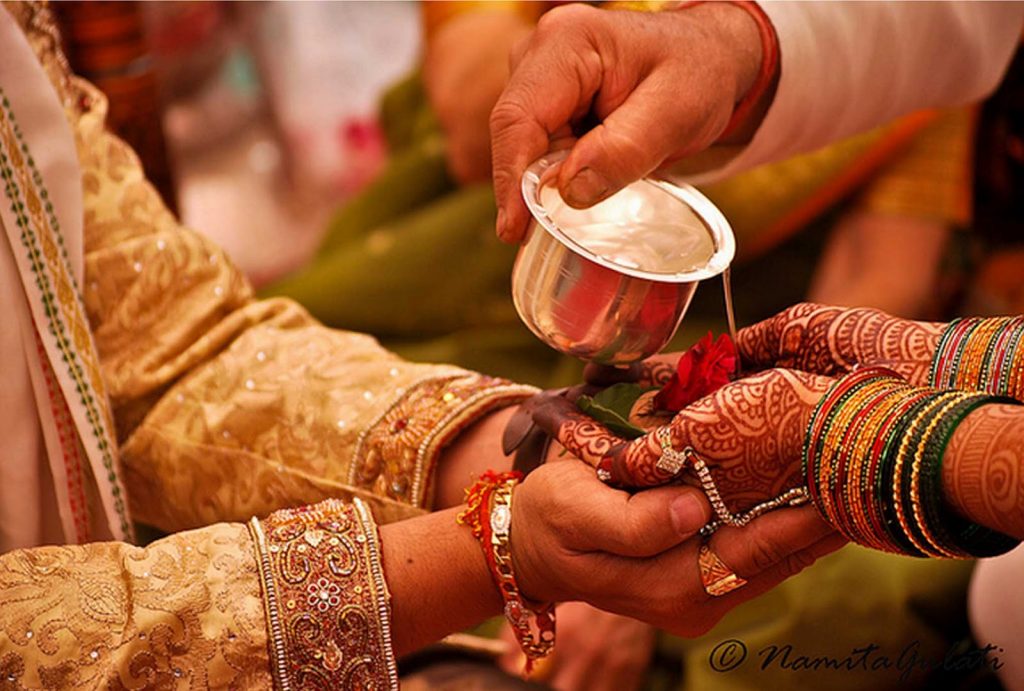






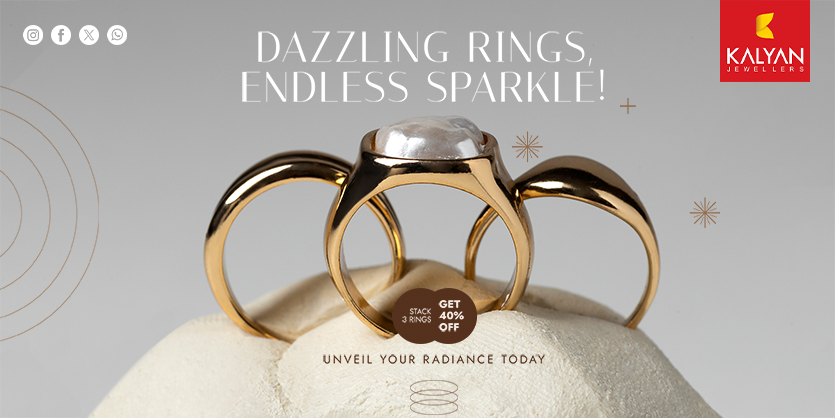


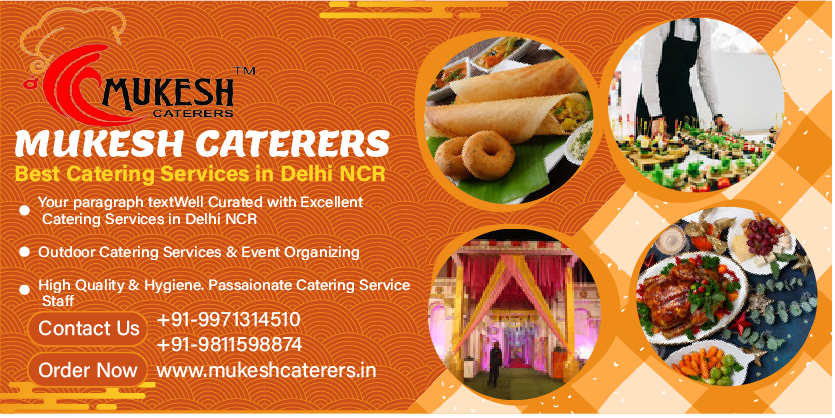

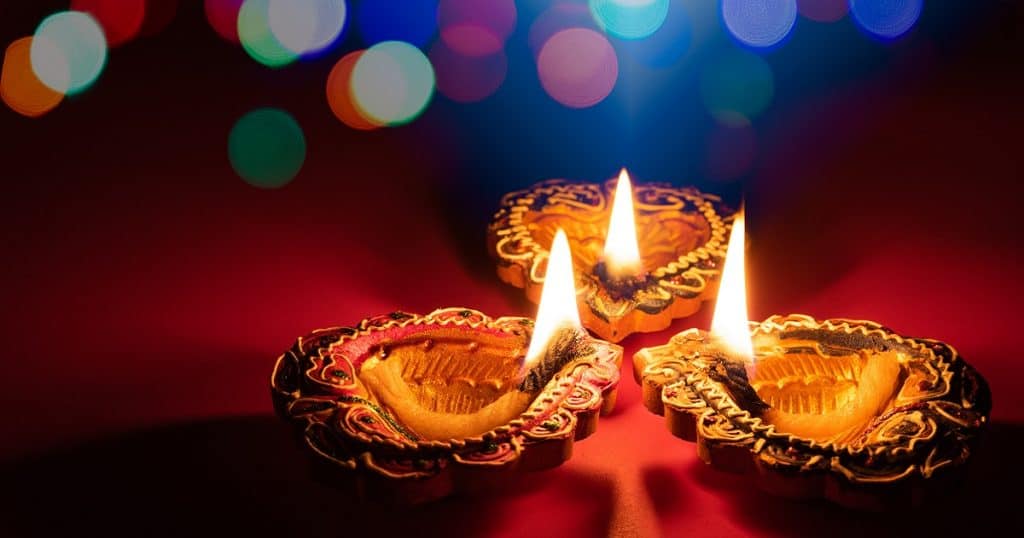
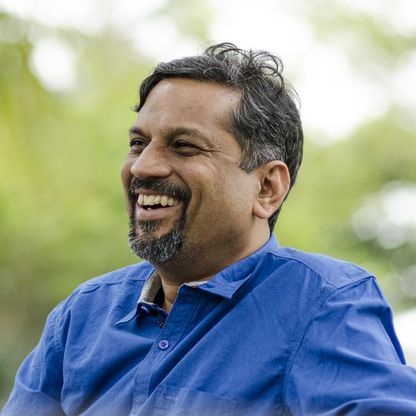

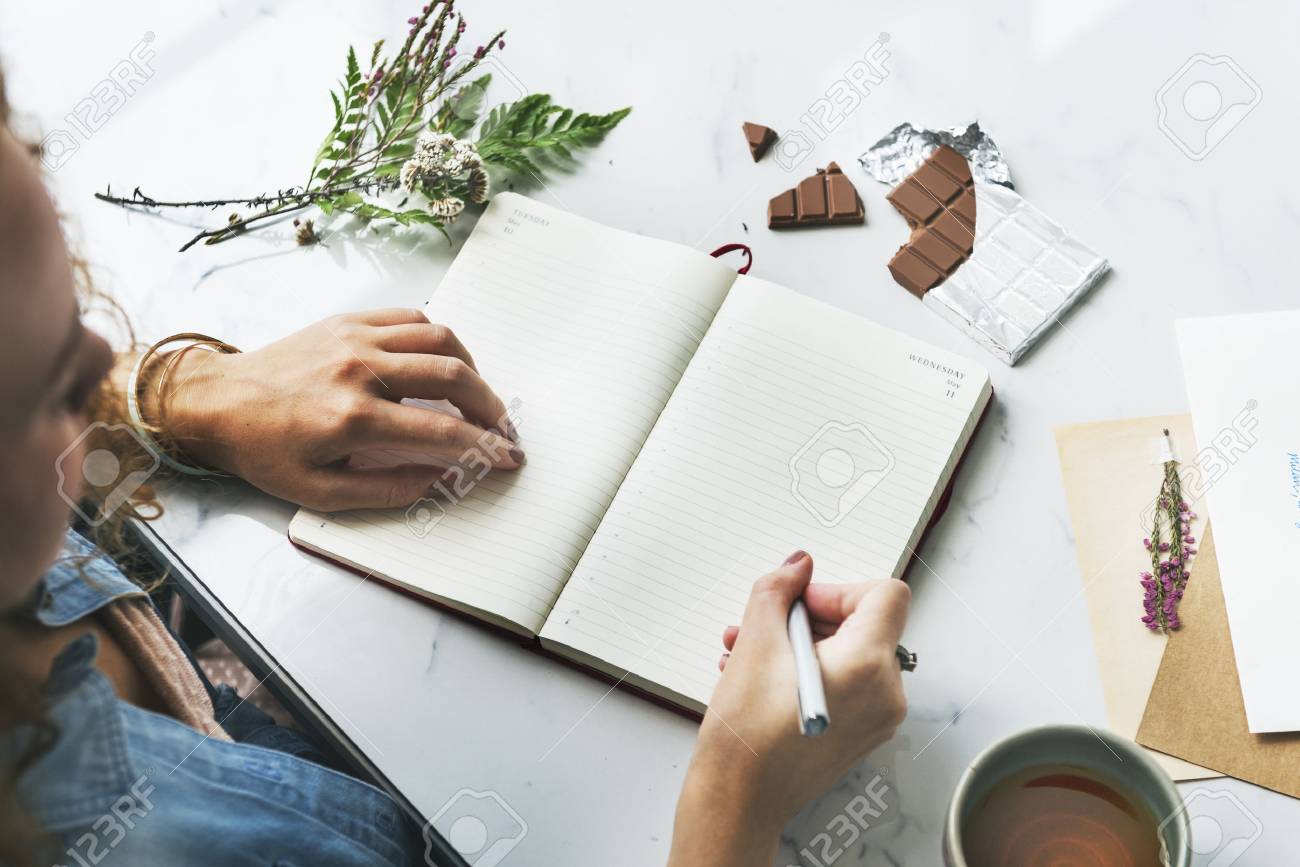
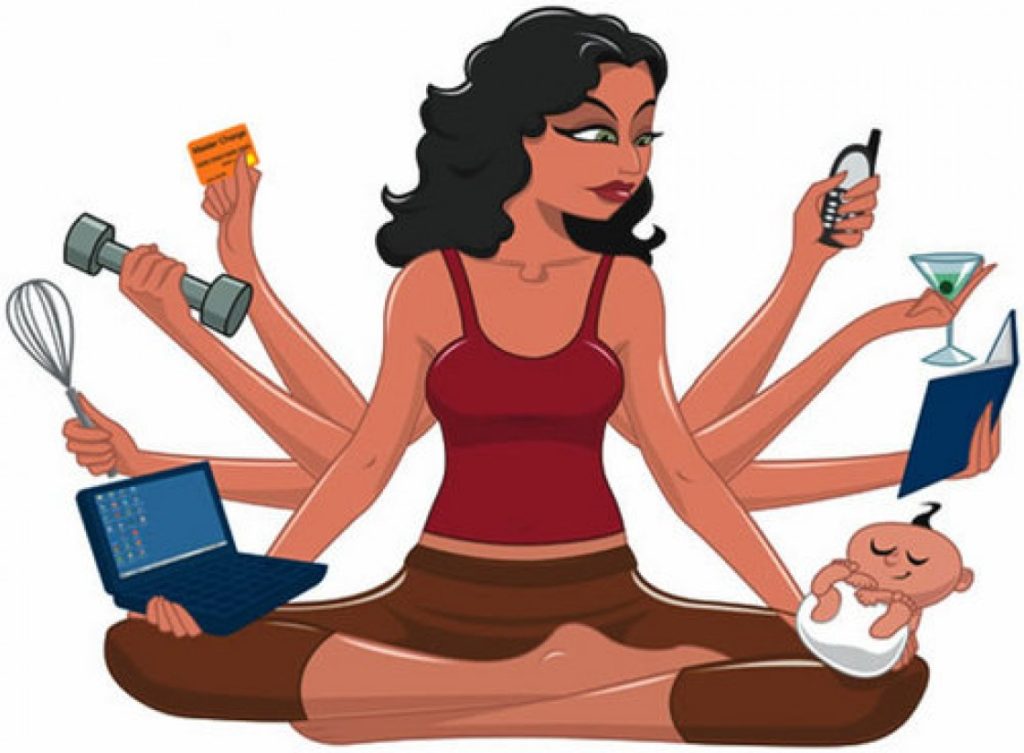
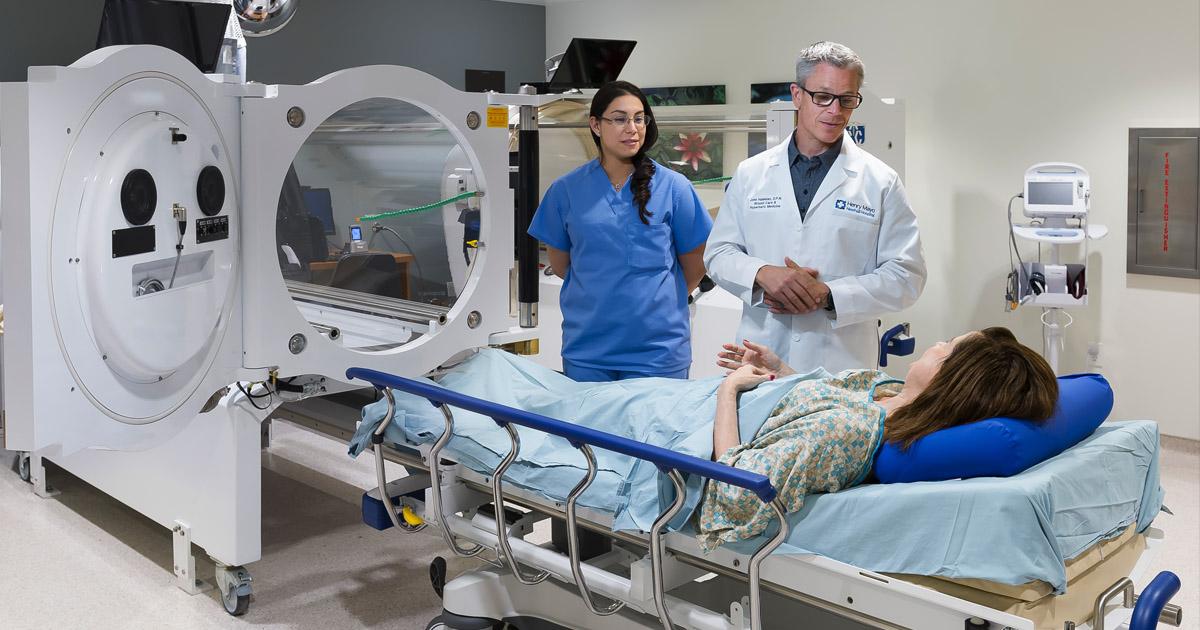


Leave a Reply